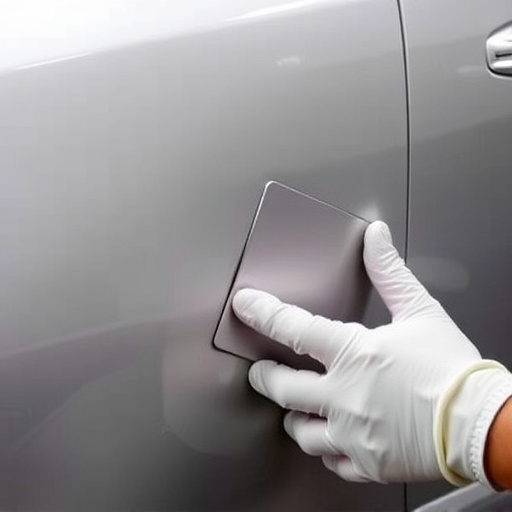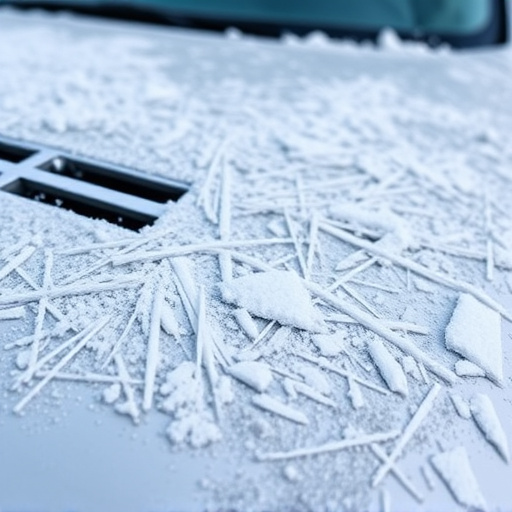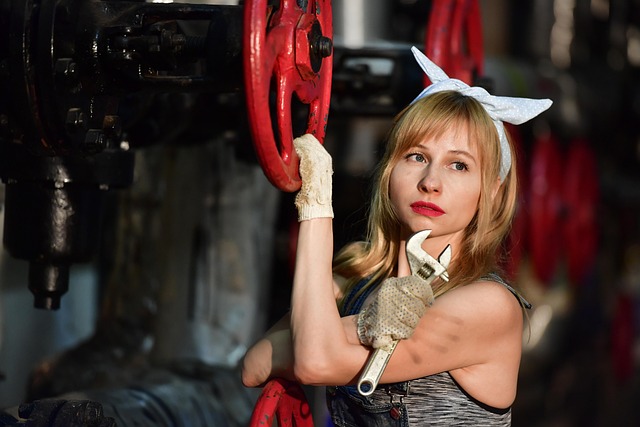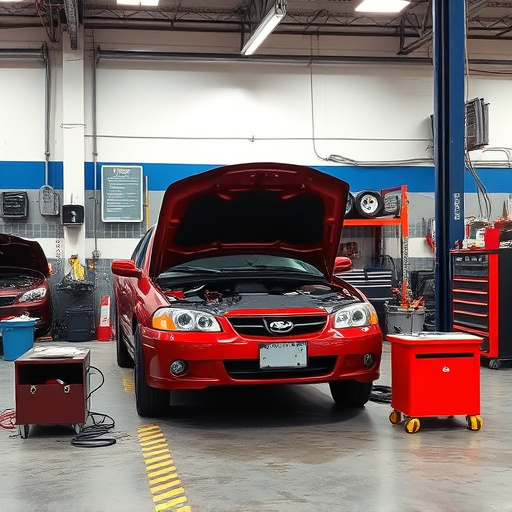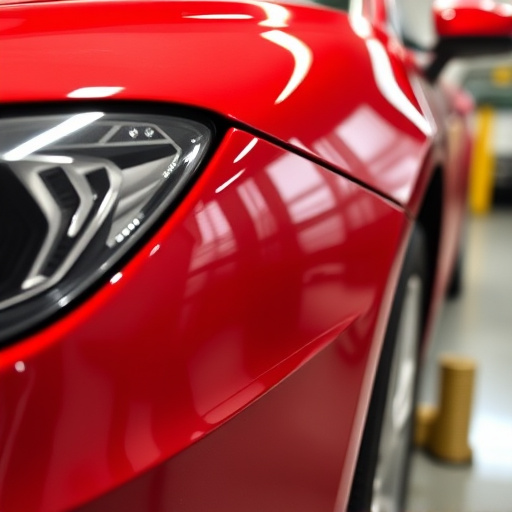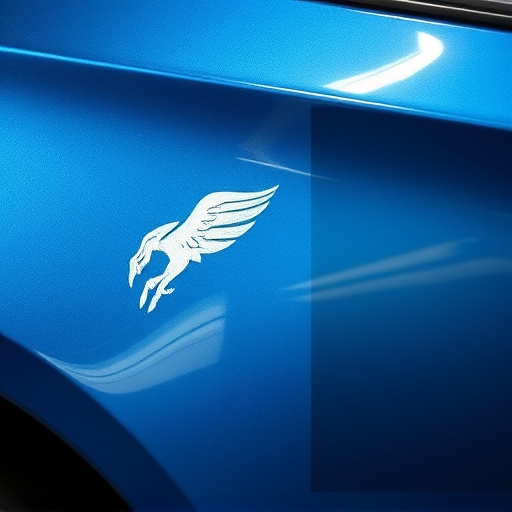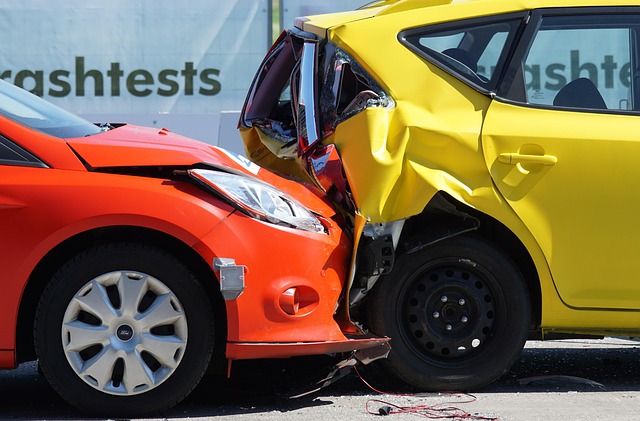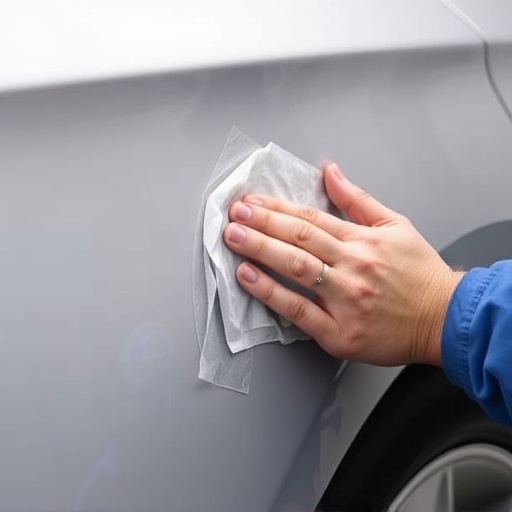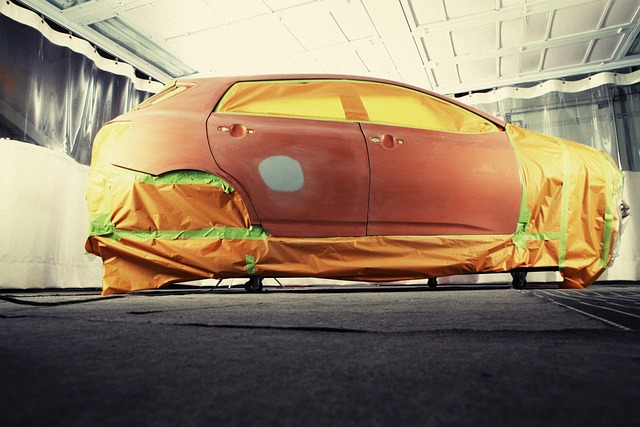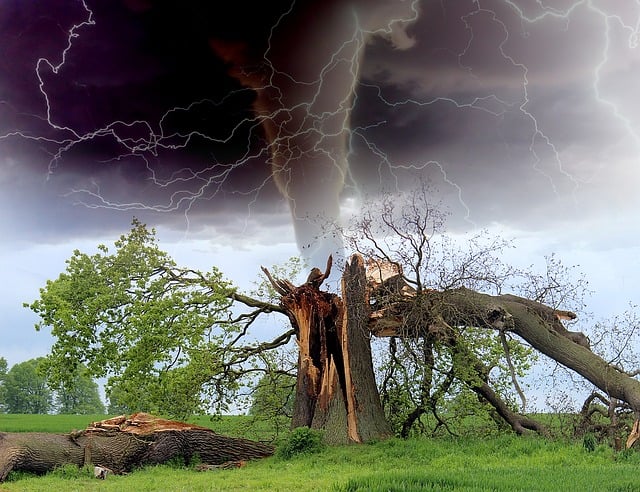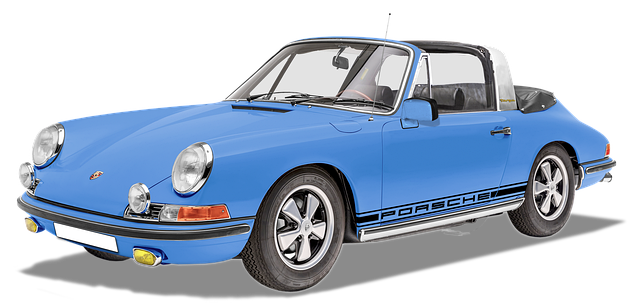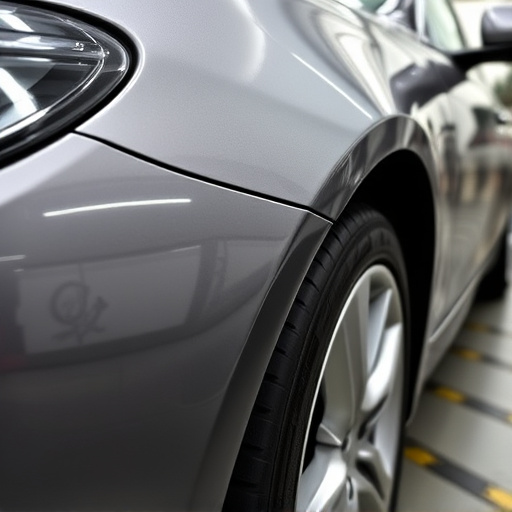Car collision repair begins with a detailed damage assessment to identify replacement parts like those for Mercedes Benz models. Technicians gather and prepare these genuine or certified-remanufactured pieces, focusing on structural integrity. Frame straightening is crucial before addressing cosmetic issues, including dent removal and precise painting/finishing to match factory standards.
Car collision repair is a meticulous process that demands precision and expertise. When your vehicle suffers damage, understanding the key steps involved in repair services can ease anxiety. This article guides you through the entire process, from the initial assessment and planning phase to parts acquisition and the intricate restoration work. By exploring these crucial stages, including frame straightening, body panel replacement, and final finishing touches, you’ll gain valuable insights into how car collision repair experts meticulously restore your vehicle to its pre-accident condition.
- Assessing Damage: Initial Inspection and Planning
- Parts Acquisition and Preparation for Repair
- Restoration Process: From Frame to Finish
Assessing Damage: Initial Inspection and Planning
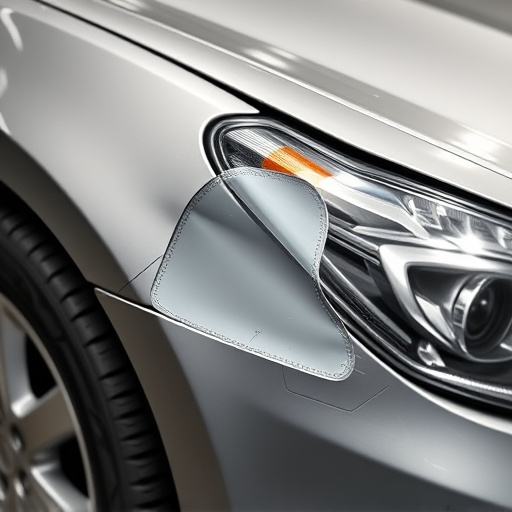
After a car collision, the first step in effective car collision repair is a thorough assessment of the damage. This initial inspection involves a meticulous review of every aspect of the vehicle to determine the extent of the harm incurred. Skilled technicians use their expertise to identify not just visible impacts but also potential hidden damage that may require specialized attention.
During this phase, a detailed plan for the repair process is devised. It encompasses everything from identifying replacement parts needed, such as in the case of a Mercedes Benz collision repair, to establishing the sequence of repairs required. This strategic planning ensures that auto repair services are conducted efficiently, minimizing downtime and maximizing the vehicle’s return to its pre-accident condition, including considerations for bumper repair when necessary.
Parts Acquisition and Preparation for Repair
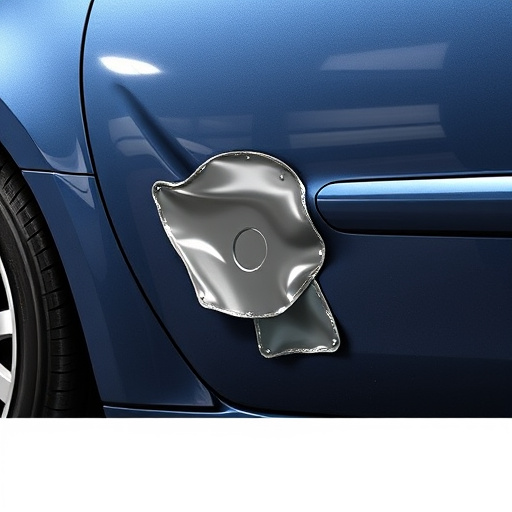
After a car collision, the first step in repair involves acquiring the necessary parts. This process requires a thorough assessment of the damage to determine which components need replacement or repair. It’s crucial to source genuine or certified-remanufactured parts for reliable and safe car collision repair. Many auto repair shops have relationships with trusted suppliers who can provide these parts promptly, ensuring that the vehicle is restored to its pre-accident condition.
Once acquired, parts undergo preparation and inspection in an automotive body shop. This includes cleaning, degreasing, and sometimes, minor adjustments to fit perfectly into the damaged areas. Frame straightening may be required to realign any bent metal, ensuring the car’s structural integrity before proceeding with other repair services.
Restoration Process: From Frame to Finish
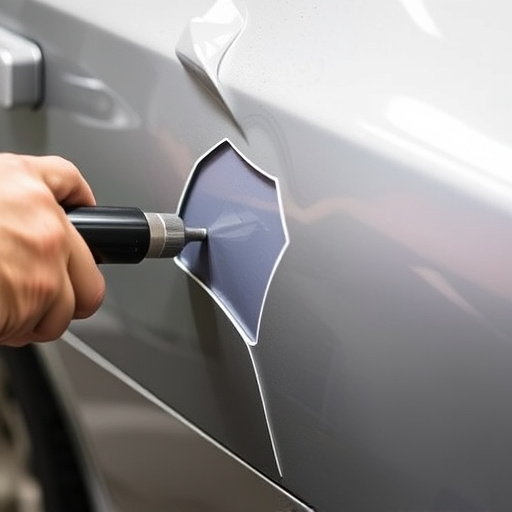
The car collision repair process involves a meticulous journey from frame to finish, ensuring that vehicles return to their pre-accident condition. It begins with a thorough inspection to assess the extent of damage, including structural integrity and cosmetic issues. Skilled technicians use advanced tools and techniques for dent repair, addressing any dents or dings that may have occurred during the collision.
Once the frame is straightened and all necessary repairs are made, the focus shifts to vehicle bodywork. This entails painting and finishing, where skilled artisans match the original paint job perfectly to ensure a seamless blend with the rest of the car. Every detail, from panel gaps to color consistency, is meticulously checked to deliver an exceptional finish that meets or exceeds factory standards.
Car collision repair is a meticulous process that involves careful assessment, strategic planning, and expert execution. By following these key steps—from assessing damage to the final finish—professionals ensure that vehicles return to their pre-accident condition. This comprehensive approach not only restores aesthetics but also guarantees safety, providing peace of mind for car owners navigating the aftermath of a collision.
